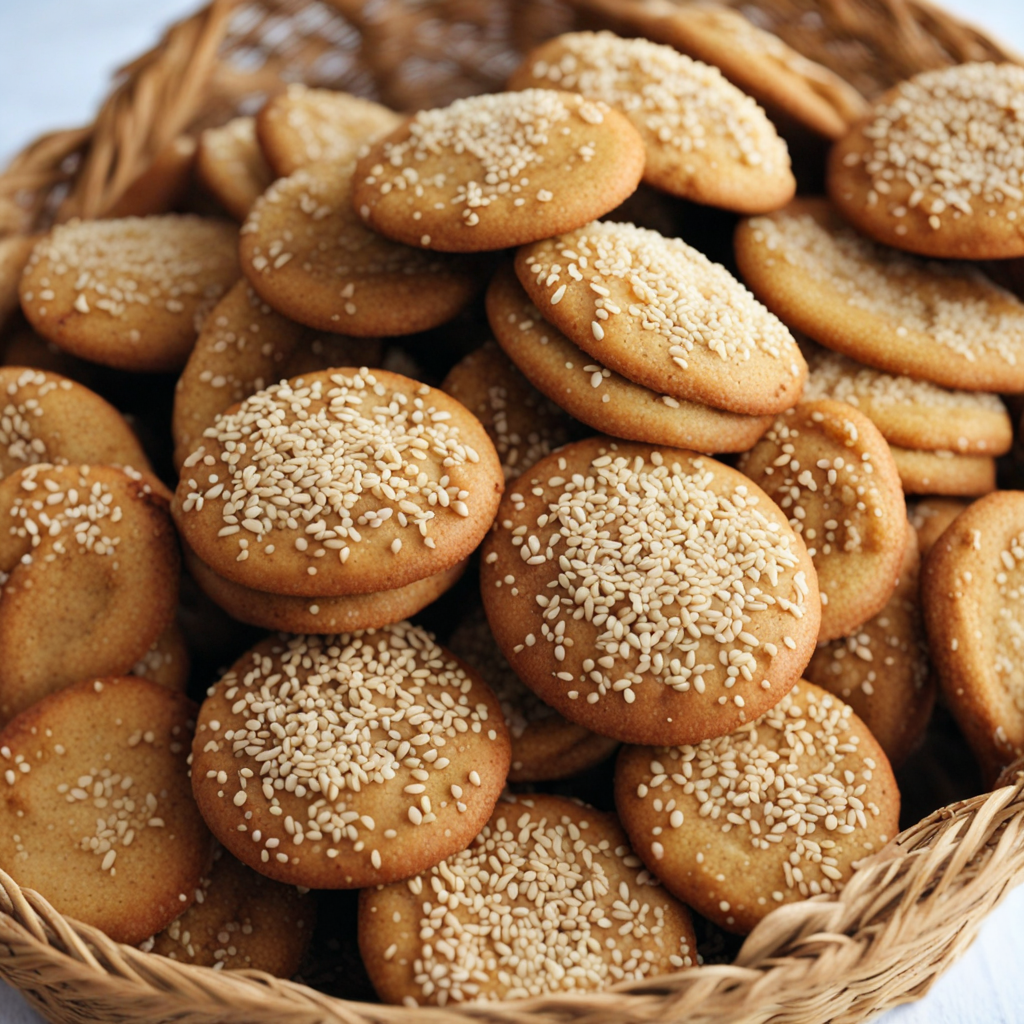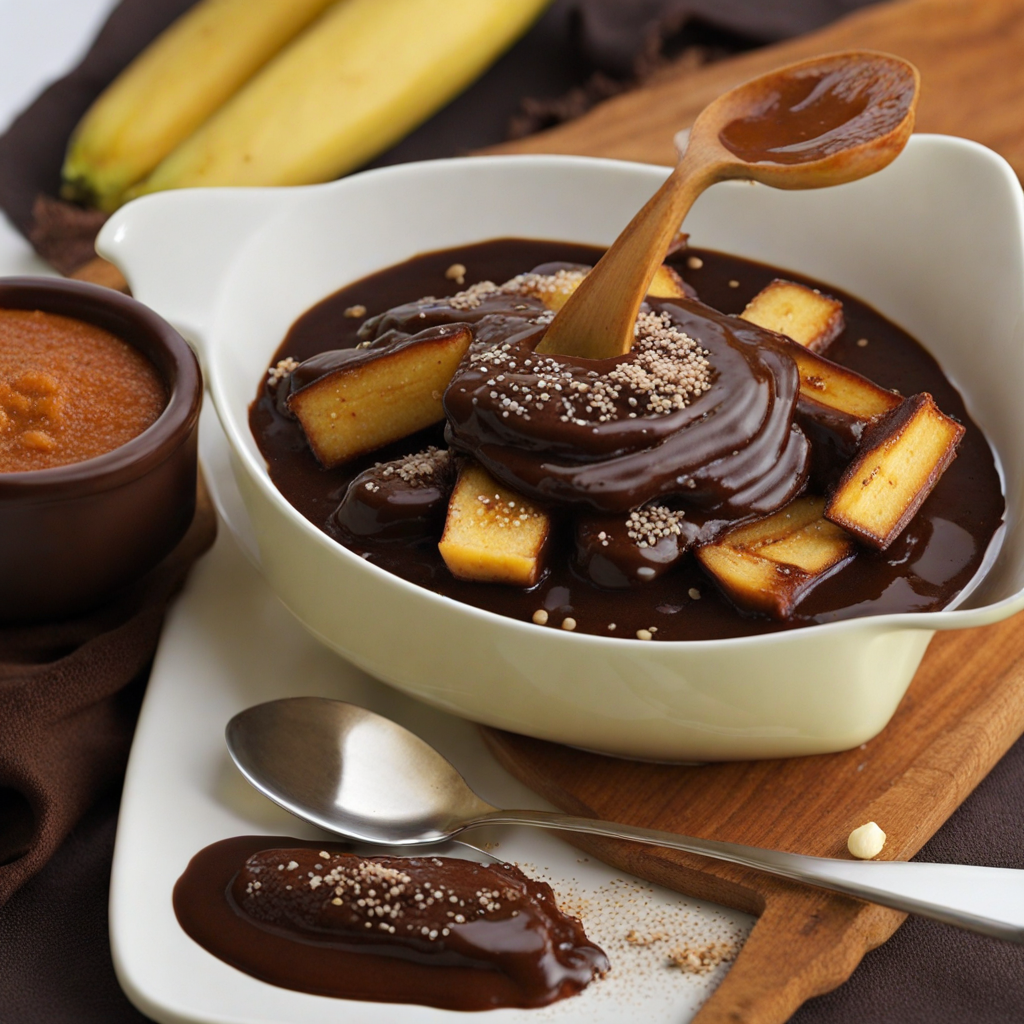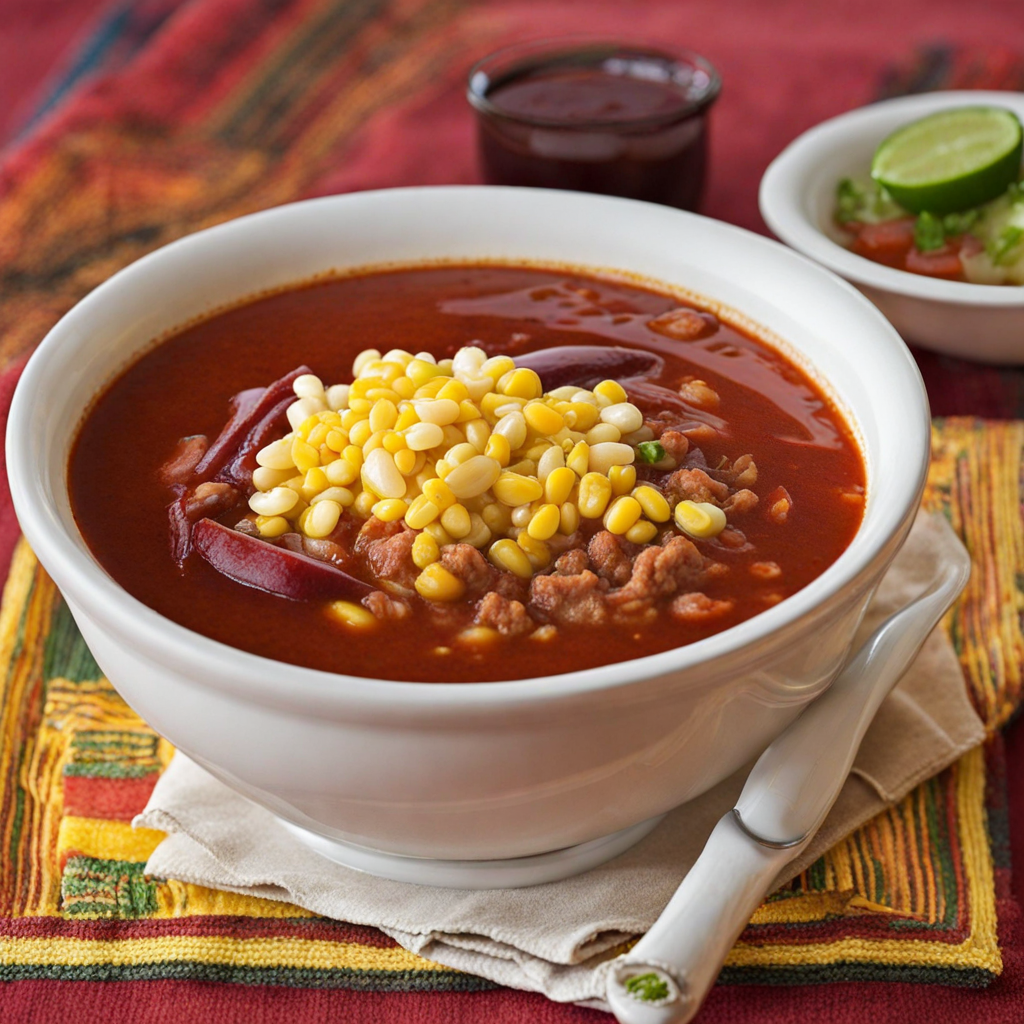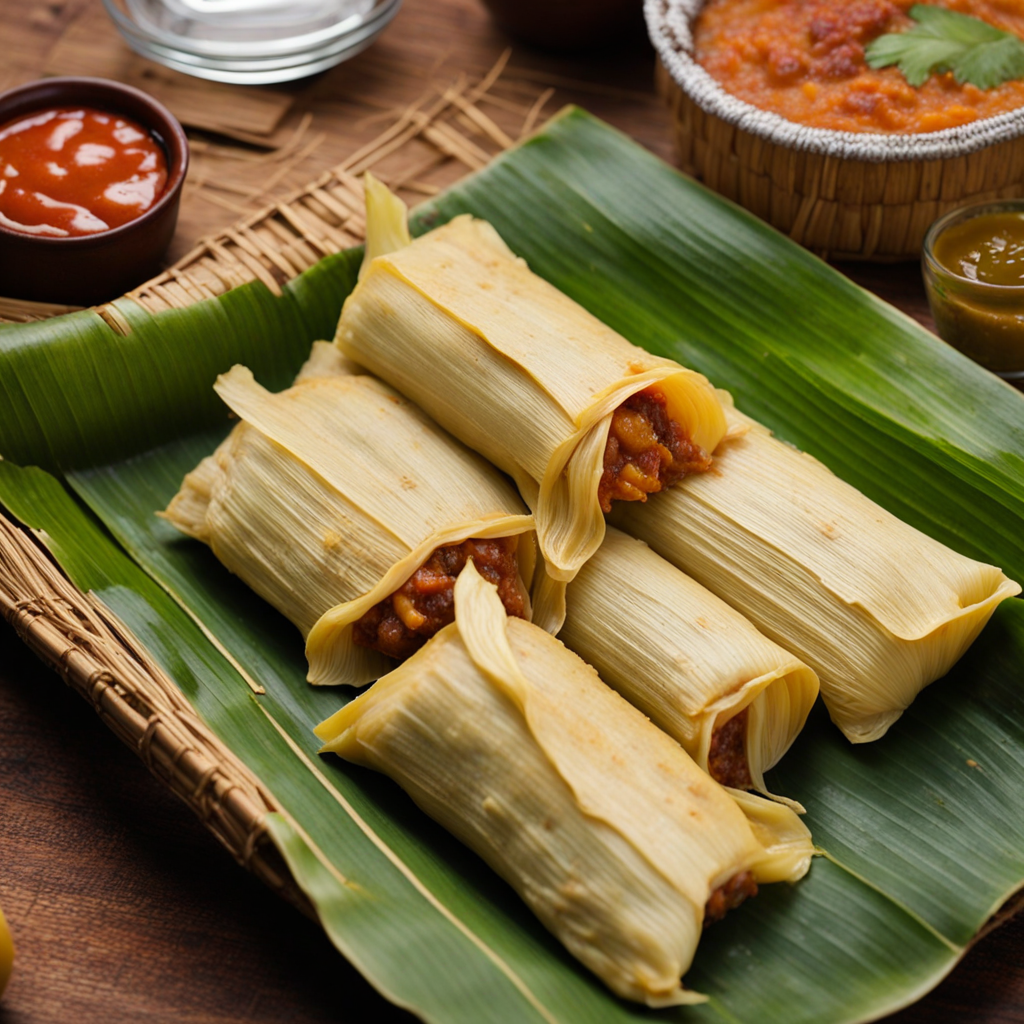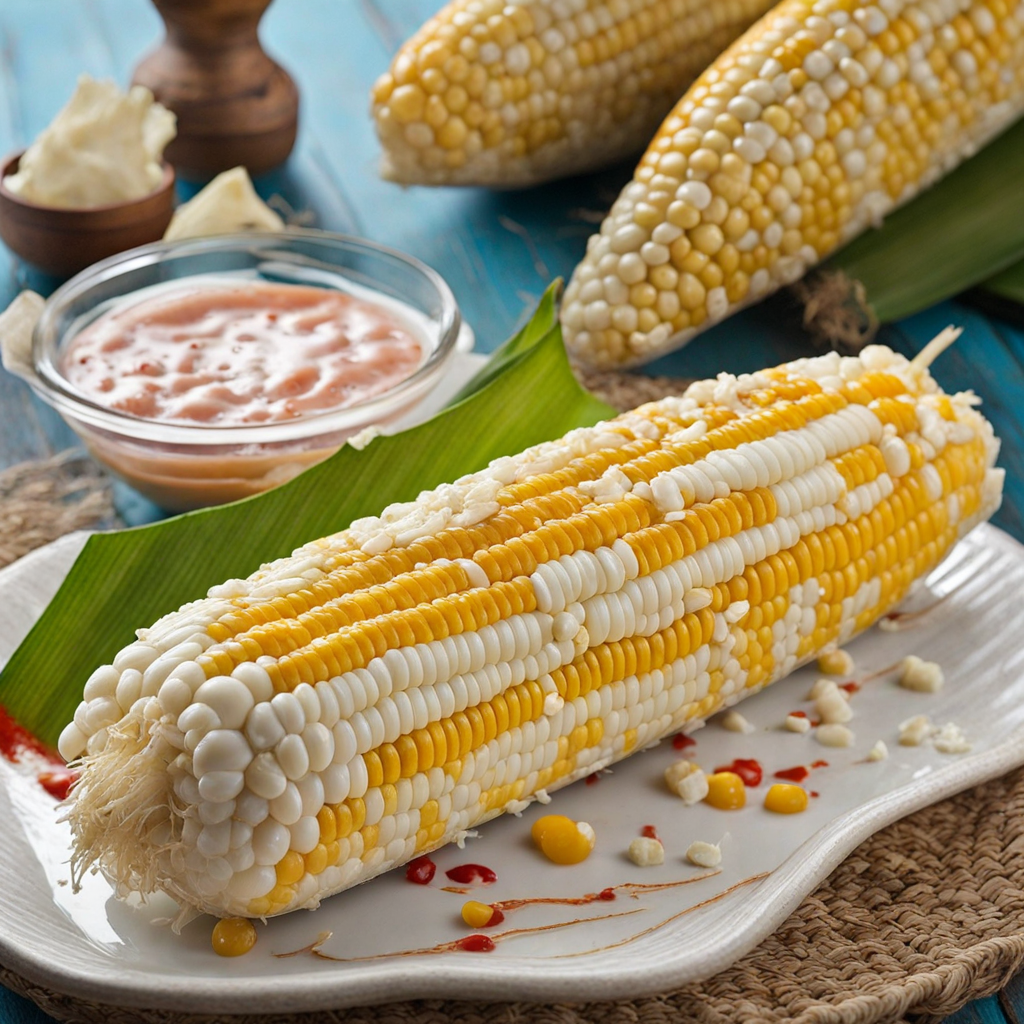Champurradas
Champurradas are delightful traditional Guatemalan cookies that beautifully blend the simplicity of corn masa with the rich flavors of cinnamon and anise. These golden-brown treats are often enjoyed alongside a hot drink, making them a perfect companion for a cozy afternoon or a festive gathering. The dough is typically made from finely ground corn, which gives the cookies a pleasantly dense texture and a slightly nutty flavor that is characteristic of many Central American pastries. The preparation of champurradas is a labor of love, as the dough is meticulously crafted and then rolled out into circular shapes before being baked to perfection. Some variations incorporate a touch of sugar to enhance the sweetness, while others remain true to their rustic roots, allowing the natural taste of the corn to shine through. The aroma of cinnamon wafting from the oven adds an enticing element, inviting anyone nearby to indulge in these delectable cookies. Champurradas can be enjoyed plain or with a variety of fillings, such as chocolate or sweetened beans, catering to different palates and preferences. They are often served during special occasions and holidays, symbolizing warmth and hospitality. With every bite, you experience a harmonious balance of textures and flavors, making champurradas not just a snack, but a cultural experience that connects you to the heart of Guatemalan tradition.
How It Became This Dish
Champurradas: A Delicious Legacy of Guatemala Origin of Champurradas Champurradas are traditional Guatemalan cookies that embody the rich culinary tapestry of the country. The roots of these delightful treats can be traced back to the indigenous peoples of Mesoamerica, particularly the Maya civilization, which flourished in what is now Guatemala thousands of years ago. The Maya had a profound connection with maize, which was not merely a food staple but a sacred element of their culture, used in rituals and daily life. The word "champurrada" itself is believed to have its origins in the Spanish word "champurrar," which means to mix or blend. This is fitting, as champurradas are a blend of simple ingredients such as corn flour, sugar, and sometimes chocolate or other flavorings, resulting in a delightful, crunchy cookie that is both sweet and savory. Historically, the use of corn in various forms has been central to Guatemalan cuisine. The indigenous populations developed techniques for grinding corn, creating masa, and producing an array of dishes that included tortillas, tamales, and atole. Champurradas likely evolved from these traditions, as bakers began experimenting with the dough to create a portable, sweet snack that could accompany the daily diet. Cultural Significance Champurradas hold a special place in Guatemalan culture, often associated with familial gatherings, celebrations, and everyday life. They are commonly enjoyed with coffee or hot chocolate, making them a staple in breakfasts and afternoon snacks. Their presence in households across the country underscores their role in promoting togetherness, as families share stories and laughter while savoring these treats. During religious festivities, particularly during Lent and Easter, champurradas take on added significance. They are often offered as part of the traditional meals served during these periods, symbolizing the intermingling of indigenous customs with Spanish colonial influences. The cookies may also find their way into the hands of children during celebrations, contributing to the joyous atmosphere of these occasions. Moreover, champurradas serve as a culinary bridge between generations. Grandmothers pass down recipes to their grandchildren, ensuring that the art of making these cookies is not lost. This familial tradition not only preserves the recipe but also fosters a sense of identity and belonging within the community. Development Over Time As Guatemala underwent various transformations throughout the centuries, so too did champurradas. With the arrival of the Spanish in the 16th century, new ingredients such as sugar, cinnamon, and chocolate were introduced. This blending of indigenous and European culinary practices resulted in a more diverse array of champurrada recipes. The sweetness of sugar complemented the natural flavors of corn, creating a unique texture and taste that appealed to a broader palate. In the 19th and 20th centuries, as Guatemala modernized and urbanized, the production of champurradas also evolved. Bakeries began to pop up in cities, making these cookies more accessible to the urban population. The industrialization of food production allowed for mass production of champurradas, leading to variations that differed from the traditional home-baked versions. While this modern approach introduced convenience, it also sparked a conversation about authenticity and the preservation of traditional culinary methods. Despite these changes, many families continue to cherish homemade champurradas. Recipes handed down through generations often include secret ingredients or techniques unique to each family, ensuring that the art of making champurradas remains a cherished tradition. Today, variations of champurradas can be found throughout Guatemala, with some incorporating local flavors such as coconut or nuts, while others remain true to the classic recipe. Modern-Day Champurradas In contemporary Guatemala, champurradas are more than just a nostalgic treat; they have become a symbol of cultural pride. Guatemalan chefs and home bakers alike are reinterpreting traditional recipes, adding modern twists while still honoring their heritage. Food festivals and cultural events often showcase champurradas, celebrating their place in Guatemalan cuisine and attracting both locals and tourists alike. Furthermore, as interest in global cuisines has grown, so has the international appreciation for Guatemalan food. Champurradas, with their simple ingredients and delightful flavors, have found their way onto menus in restaurants around the world, introducing a broader audience to Guatemalan culinary traditions. This global exposure not only boosts the profile of champurradas but also fosters a deeper understanding of Guatemala's rich cultural history. Local markets and artisan bakeries continue to play a vital role in the production of champurradas, often sourcing ingredients from nearby farms. This emphasis on local sourcing not only supports the economy but also highlights the importance of sustainable practices in the culinary world. Conclusion Champurradas are more than just cookies; they are a testament to Guatemala's vibrant history and cultural identity. From their ancient origins to their place in modern kitchens, these treats embody the spirit of community, family, and tradition. As Guatemalans continue to celebrate and innovate around this beloved cookie, champurradas serve as a delicious reminder of the country's rich culinary heritage—a heritage that is as diverse and complex as the landscape of Guatemala itself. In every bite of a champurrada, one can taste the history of a nation, the fusion of indigenous and colonial influences, and the love of families who have kept this culinary tradition alive for generations. As we enjoy these cookies today, we also partake in a legacy that connects us to the past, reminding us of the importance of food as a cultural touchstone.
You may like
Discover local flavors from Guatemala



